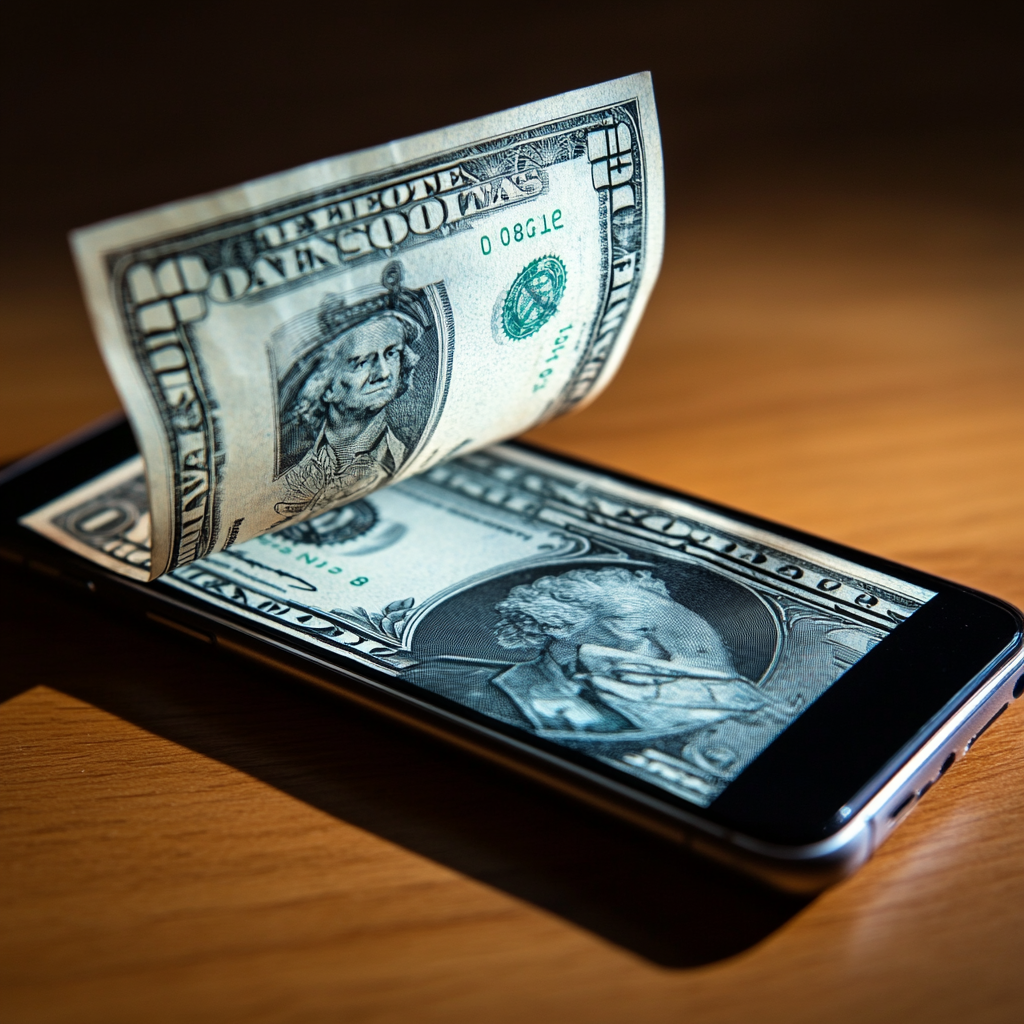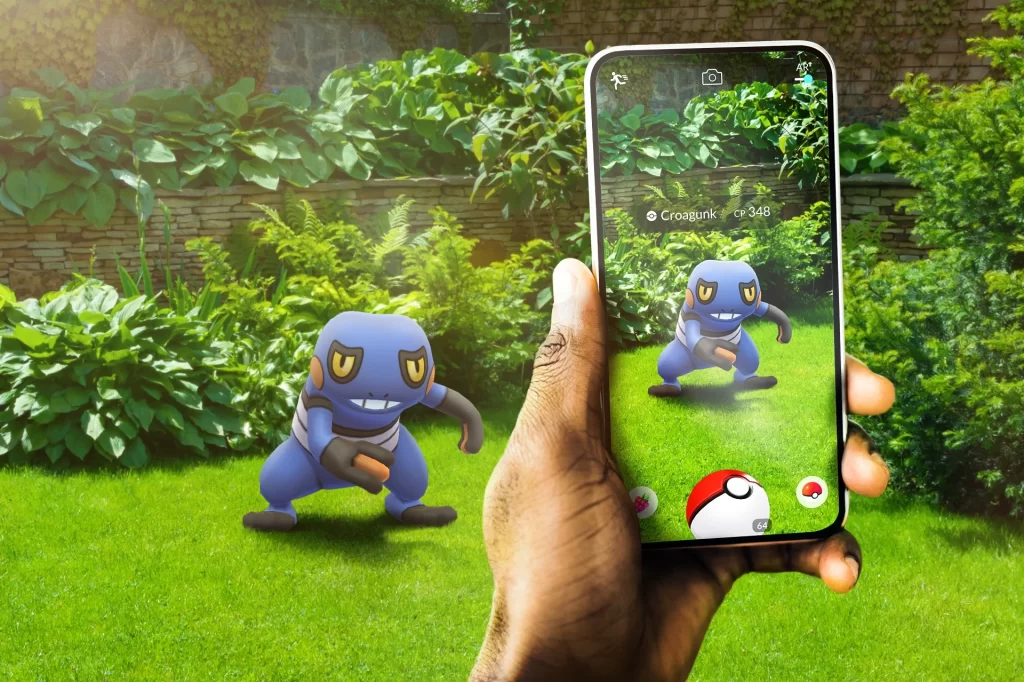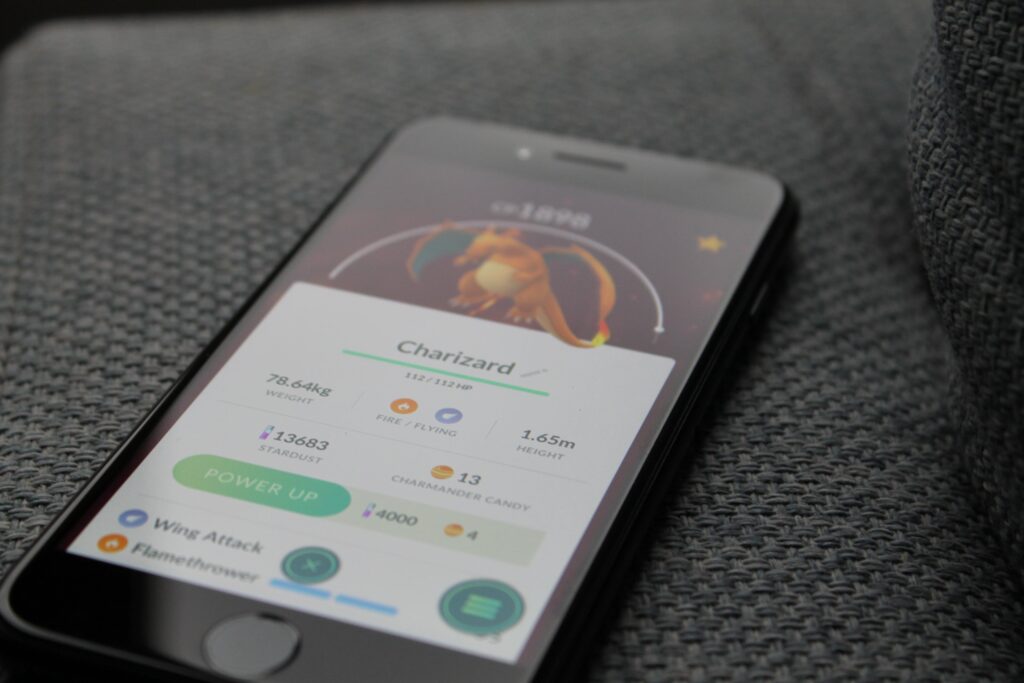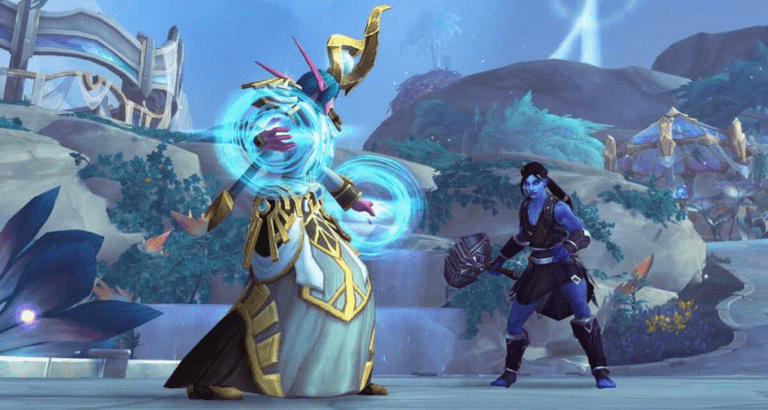When Pokémon GO first launched in July 2016, it was an instant phenomenon. Millions of players across the globe were walking through parks, malls, and neighborhoods, and catching virtual creatures in an augmented reality world.
But beyond the cultural buzz and nostalgic appeal, the real question many still ask is: how does Pokémon GO make money? It’s free to download and play, after all. So, where does the revenue come from, and how does the game continue to thrive nearly a decade later?
In this article, readers will get a behind-the-scenes look at how Pokémon GO makes money, uncovering the various monetization methods used by Niantic and its partners. From in-app purchases to strategic corporate sponsorships, and even subtle uses of player data, we’ll explore every angle of the game’s financial ecosystem.
Whether you’re a curious player, a game developer, or a business strategist, understanding how Pokémon GO makes money offers a powerful case study in how mobile games can turn virtual experiences into real-world profits.
In-app purchases
To fully understand the making of money of Pokémon GO, the first and most obvious answer is microtransactions. These are small purchases players make within the app to gain access to premium items. The game’s primary currency, PokéCoins, can be earned slowly by defending gyms or purchased directly using real money.

Players spend PokéCoins on critical items like Poké Balls, Incense, Lures, and Egg Incubators. Each of these elements enhances the gameplay experience, either by speeding up progress or making it more rewarding. It’s a classic freemium approach: the base game is free, but real progress or convenience often requires spending.
Niantic also sells event tickets for limited-time features, such as Pokémon GO Fest or Community Day special research. These events are rich in rewards and exclusive content, making them highly desirable for dedicated players. The answer to how Pokémon GO makes money is not just “it sells items,” but rather “it creates experiences worth paying for.”
Even cosmetic customizations like trainer outfits, accessories, and poses contribute to the game’s earnings. For some players, customizing their avatar becomes a form of self-expression and competition, adding yet another layer to Pokémon GO’s revenue strategy.
Sponsored locations: the real-world payoff
Another key aspect lies in its integration with real-world businesses. This is where Niantic’s model stands out from most mobile games. The game’s map includes PokéStops and Gyms, many of which are sponsored locations. Companies like Starbucks, McDonald’s, and Verizon have all paid to turn their physical stores into digital landmarks within the game.
By becoming a sponsored PokéStop or Gym, these businesses benefit from increased foot traffic. For Niantic, this becomes a powerful revenue stream. It’s a win-win scenario where the virtual world directly supports the physical one. If you’re wondering how Pokémon GO makes money, sponsored locations provide a highly scalable answer, especially because they can be added or rotated across global markets.
These partnerships also help keep the game world dynamic. Players are more likely to explore new areas or revisit old ones when there’s a temporary Gym challenge or special PokéStop event tied to a well-known brand.

Partnerships and licensing
Another lesser-known answer involves collaboration with other brands and companies. Pokémon GO has partnered with telecom giants like Verizon and Samsung to offer exclusive in-game perks to their customers. These deals often come with mutual benefits: increased brand visibility for the partners and expanded reach for the game.
Behind the scenes, licensing revenue also plays a part. The Pokémon IP is owned by The Pokémon Company, a joint venture between Nintendo, Game Freak, and Creatures Inc. While Niantic develops and maintains the game, The Pokémon Company earns a share through licensing fees. Every merchandise sale, cross-promotion, or branded experience tied to Pokémon GO contributes to the overall Pokémon GO revenue model.
This layered ownership and collaboration setup shows that when asking how Pokémon GO makes money, it’s important to look beyond the app itself. The business relationships behind the scenes are just as vital as the digital coins players spend on-screen.
Subscriptions and accessories: subtle but effective
One might assume that subscriptions would be a central component of Pokémon GO’s revenue, but Niantic has taken a slightly different route. Rather than a traditional monthly subscription, the company sells hardware accessories that enhance gameplay. Devices like the Pokémon GO Plus and the newer Pokémon GO Plus + allow players to catch Pokémon or spin PokéStops without constantly checking their phones.
These gadgets act like subscriptions in practice: they require an upfront investment and increase the likelihood that players will stay active and engaged. When players are more engaged, they’re more likely to spend money. So while these accessories don’t fall under a subscription tab in the app, they play a major role in sustaining long-term revenue.
Still, Niantic has tested recurring payment models, including premium passes and other seasonal content packages. These experiments in monetization suggest that the answer to Pokémon GO’s revenue is evolving over time, incorporating new techniques to deepen user retention and maximize value.

Data monetization: a controversial layer
An often-debated aspect involves the value of player data. Pokémon GO relies heavily on GPS and location services, tracking where players go, when they go there, and how often. While Niantic has stated that it protects user privacy, the sheer volume of data collected offers tremendous value in fields like urban planning, marketing, and foot traffic analysis.
This type of indirect monetization may not appear on a balance sheet labeled “Pokémon GO revenue,” but it forms part of a broader ecosystem where player behavior can influence commercial strategies in real-world industries. Whether or not Niantic actively sells this data, the fact remains that the insights derived from it are valuable.
But data shouldn’t be ignored. Even if it doesn’t produce immediate dollars, it provides long-term strategic power.
Pokémon GO revenue performance: billions and still growing
As of 2023, Pokémon GO revenue has surpassed $8 billion since its launch. That makes it one of the most profitable mobile games of all time. Unlike many apps that fade after a few months, Pokémon GO has maintained a strong presence in app store rankings and continues to perform well financially.
What’s even more impressive is the consistency of that performance. Each year, the game hosts globally synchronized events, seasonal updates, and content expansions that keep the player base engaged. The underlying secret is not just having a good monetization model: it’s maintaining one that evolves with its community.
Its combination of free access, optional purchases, live events, and constant updates ensures that players never feel forced to pay, but often choose to do so. That psychological design, where spending feels like a natural extension of enjoyment, is perhaps the smartest answer to the main question of our aticle.
What developers can learn from Pokémon GO’s monetization strategy
Understanding how Pokémon GO makes money isn’t just useful for fans or financial analysts, it’s critical knowledge for developers and studios looking to build sustainable games. Pokémon GO succeeded by blending strong IP, smart monetization mechanics, community-driven content, and real-world integration.
As developers ourselves at Main Leaf, we often look to case studies like this to refine our strategies. Whether we’re leading full development or stepping in for co-development, our team draws on the best practices of industry leaders to ensure the success of every project we touch. Our blog regularly explores themes like this one, not just to admire the results but to dissect and apply them.

We know that great games aren’t made overnight. They’re built on systems (financial, technical, and emotional) that need to work in harmony. Pokémon GO provides a blueprint that shows how compelling gameplay can coexist with responsible, scalable monetization.
Why knowing Pokémon GO’s revenue matters
The question opens a doorway into understanding modern mobile game economics. from in-app purchases and sponsored locations to licensing deals and real-world data, every element plays a part in crafting a cohesive business strategy. It’s not just about selling digital goods, it’s about designing an ecosystem where players feel immersed, empowered, and willing to invest in the experience.
At Main Leaf, we believe in the potential of games to captivate, innovate, and generate lasting value. Would you like help analyzing your game’s monetization model or exploring ideas inspired by Pokémon GO’s success? Reach out through our website and let’s start a conversation.

